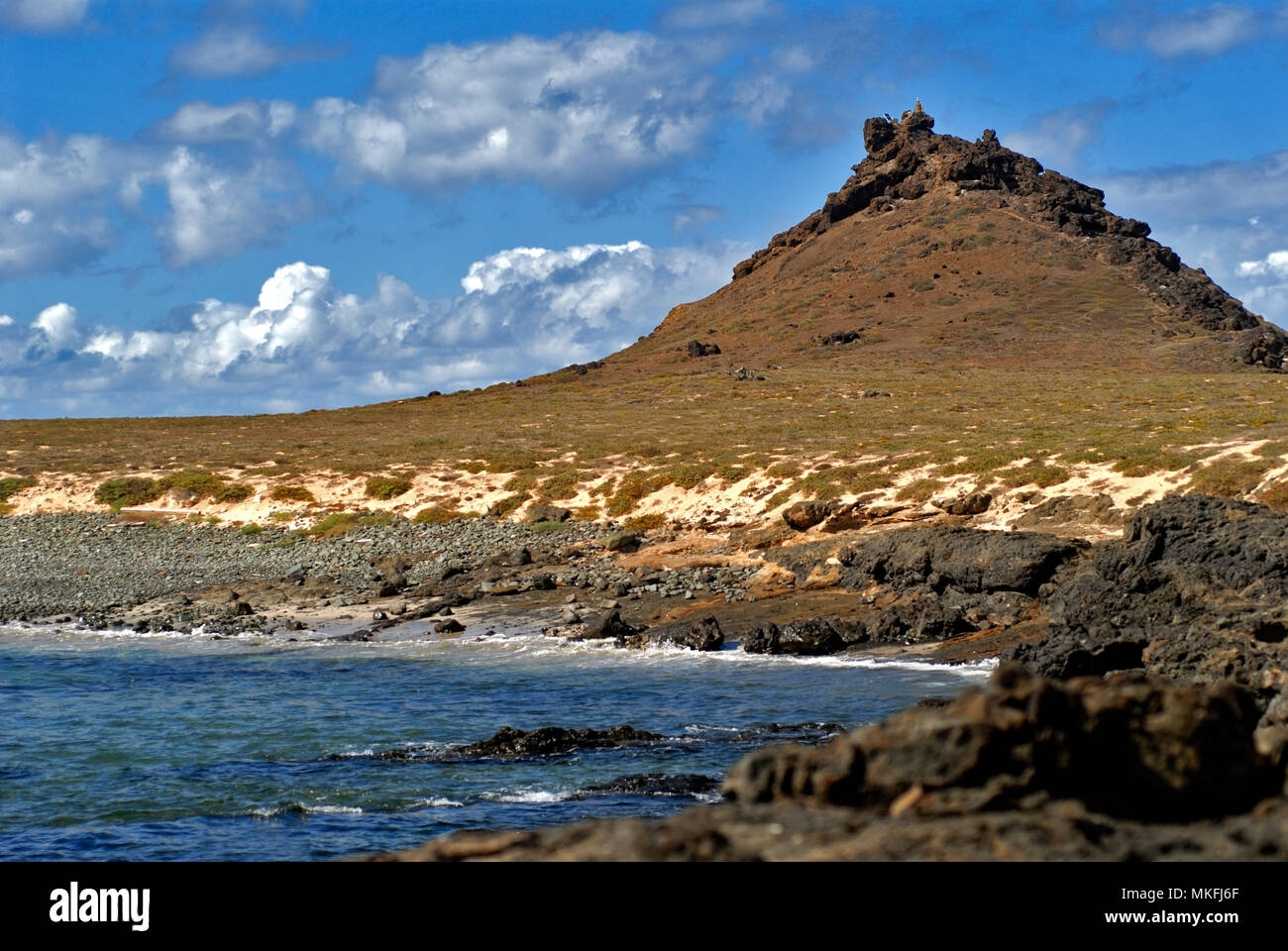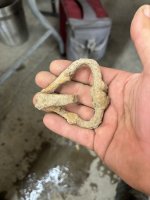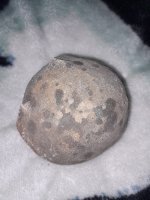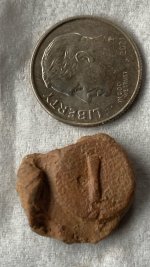M. A. Nazario
Greenie
- Jun 13, 2021
- 15
- 26
- Primary Interest:
- All Treasure Hunting
In 1813, the Prometheus captain Hercules Robinson was tasked by the British Admiralty Office to take with him the Danish sailor Christian Cruise on a search for stolen treasure.
E. F. Knight's The Cruise of the Alerte relates the story in good detail, but the tale itself comes from the testimonies of Robinson and Cruise, both held in the UK National Archives. Pasted below is from Alerte:
"The substance [of the tale] was that some years before, [Cruise] was sent to the hospital in Santa Cruz, with yellow fever, with a Spanish sailor, who had served for three or four voyages in the Danish merchant ship in which Cruise was employed. He was in a raging fever, but, notwithstanding, recovered. The Spaniard, though less violently ill, sank under a gradual decay, in which medical aid was unavailing, and, a few days before his death, told Cruise he had something to disclose which troubled him, and accordingly made the following statement. He said that in 1804 he was returning in a Spanish ship from South America to Cadiz, with a cargo of produce and about two millions of dollars in chests, that when within a few days' sail of Cadiz they boarded a neutral, who told them that their four galleons had been taken by a squadron of English frigates, war having been declared, and that a cordon of cruisers from Trafalgar to Cape Finisterre would make it impossible for any vessel to reach Cadiz, or any other Spanish port.
What was to be done? Returning to South America was out of the question, and the captain resolved to try back for the West Indies, run for the north part of the Spanish Main or some neutral island, and have a chance thus of saving at least the treasure with which he was intrusted. The crew, who preferred the attempt of making Cadiz, were all but in a state of mutiny. But they acquiesced in the proceeding, and, keeping out of the probable track of cruisers, reached a few degrees to the southward of Madeira, where they hoped to meet the trade-winds.
They had familiarised their minds to plans of resistance and outrage, but had not the heart to carry them into effect, till, one daybreak, they found themselves off a cluster of small uninhabited islands fifty leagues to the southward of Madeira, and nearly in its longitude, the name of which the narrator did not know. The central island, about three miles round, was high, flat and green at top, but clearly uninhabited; the temptation was irresistible: here was a place where everything might be hidden; why run risks to avoid the English, in order to benefit their captain and the owners? why not serve themselves? The captain was accordingly knocked on the head, or stabbed and carried below, and the ship hauled in to what appeared the anchorage on the south side of the island. There they found a snug little bay, in which they brought up, landed the chests of dollars, and cut a deep trench in the white sand above high-water mark, and buried the treasure and covered it over, and, some feet above the chests, deposited in a box the body of their murdered captain.

They then put to sea, resolving to keep well to the southward, and try to make the Spanish Main or a neutral island, run the ship on shore and set her on fire, agree on some plausible lie, and with the portion of the money which they retained and carried on their persons they were to purchase a small vessel, and, under English or other safe colours, to revisit their hoard, and carry it off at once or in portions. In time, they passed Tobago, and in their clumsy, ignorant navigation, while it was blowing hard, ran on an uninhabited cay on which the ship went to pieces, and only two lives were saved. These got to Santa Cruz or St. Thomas, one died, and the other was the seaman who made the statement to Christian Cruise. The name of the ship, the owners, the port she sailed from, the exact date, or various other particulars by which the truth might be discovered, were not told to Christian Cruise, or not remembered."
The Salvage islands were the only ones that fit the description of the archipelago, and Robinson found Great Salvage island to be about three miles in circumference, cliffed and high, with green weeds growing at the top of the plateau. He found the south bay with an open beach just as the Spaniard had described. However, their search on the beach proved fruitless, and the anchorage unsteady enough to force Robinson to depart empty-handed.

Robinson returned to the island once more, now as a private citizen, to make his search, but to his surprise, the beach he had found years ago was now gone. Rockfalls and landslides from the high cliffs had tumbled so much earthen debris on the beach that a search would be worthless. When Knight visited in 1889 he also reported seeing virtually no beach in the south bay.
Knight believed that another island of the Salvages, called Great Piton (now called Selvagem Pequena), held the treasure, and there he gave a cursory search. He chose it because it is green, is the "central" island in that it is in the middle of the archipelago, and it had a good anchorage in the south bay. However, I believe that Robinson was correct in his search and that Great Salvage is the correct island. Great Piton is not a "high" island, and certainly, had it been the island in question, the old mutineer would have described the rugged peak in the center.


So what became of the treasure of the Salvages? I believe it is sitting undisturbed on the south beach of Great Salvage, hidden underneath tons of rubble, some feet of sand, and, of course, the body of the betrayed captain.
E. F. Knight's The Cruise of the Alerte relates the story in good detail, but the tale itself comes from the testimonies of Robinson and Cruise, both held in the UK National Archives. Pasted below is from Alerte:
"The substance [of the tale] was that some years before, [Cruise] was sent to the hospital in Santa Cruz, with yellow fever, with a Spanish sailor, who had served for three or four voyages in the Danish merchant ship in which Cruise was employed. He was in a raging fever, but, notwithstanding, recovered. The Spaniard, though less violently ill, sank under a gradual decay, in which medical aid was unavailing, and, a few days before his death, told Cruise he had something to disclose which troubled him, and accordingly made the following statement. He said that in 1804 he was returning in a Spanish ship from South America to Cadiz, with a cargo of produce and about two millions of dollars in chests, that when within a few days' sail of Cadiz they boarded a neutral, who told them that their four galleons had been taken by a squadron of English frigates, war having been declared, and that a cordon of cruisers from Trafalgar to Cape Finisterre would make it impossible for any vessel to reach Cadiz, or any other Spanish port.
What was to be done? Returning to South America was out of the question, and the captain resolved to try back for the West Indies, run for the north part of the Spanish Main or some neutral island, and have a chance thus of saving at least the treasure with which he was intrusted. The crew, who preferred the attempt of making Cadiz, were all but in a state of mutiny. But they acquiesced in the proceeding, and, keeping out of the probable track of cruisers, reached a few degrees to the southward of Madeira, where they hoped to meet the trade-winds.
They had familiarised their minds to plans of resistance and outrage, but had not the heart to carry them into effect, till, one daybreak, they found themselves off a cluster of small uninhabited islands fifty leagues to the southward of Madeira, and nearly in its longitude, the name of which the narrator did not know. The central island, about three miles round, was high, flat and green at top, but clearly uninhabited; the temptation was irresistible: here was a place where everything might be hidden; why run risks to avoid the English, in order to benefit their captain and the owners? why not serve themselves? The captain was accordingly knocked on the head, or stabbed and carried below, and the ship hauled in to what appeared the anchorage on the south side of the island. There they found a snug little bay, in which they brought up, landed the chests of dollars, and cut a deep trench in the white sand above high-water mark, and buried the treasure and covered it over, and, some feet above the chests, deposited in a box the body of their murdered captain.

They then put to sea, resolving to keep well to the southward, and try to make the Spanish Main or a neutral island, run the ship on shore and set her on fire, agree on some plausible lie, and with the portion of the money which they retained and carried on their persons they were to purchase a small vessel, and, under English or other safe colours, to revisit their hoard, and carry it off at once or in portions. In time, they passed Tobago, and in their clumsy, ignorant navigation, while it was blowing hard, ran on an uninhabited cay on which the ship went to pieces, and only two lives were saved. These got to Santa Cruz or St. Thomas, one died, and the other was the seaman who made the statement to Christian Cruise. The name of the ship, the owners, the port she sailed from, the exact date, or various other particulars by which the truth might be discovered, were not told to Christian Cruise, or not remembered."
The Salvage islands were the only ones that fit the description of the archipelago, and Robinson found Great Salvage island to be about three miles in circumference, cliffed and high, with green weeds growing at the top of the plateau. He found the south bay with an open beach just as the Spaniard had described. However, their search on the beach proved fruitless, and the anchorage unsteady enough to force Robinson to depart empty-handed.

Robinson returned to the island once more, now as a private citizen, to make his search, but to his surprise, the beach he had found years ago was now gone. Rockfalls and landslides from the high cliffs had tumbled so much earthen debris on the beach that a search would be worthless. When Knight visited in 1889 he also reported seeing virtually no beach in the south bay.
Knight believed that another island of the Salvages, called Great Piton (now called Selvagem Pequena), held the treasure, and there he gave a cursory search. He chose it because it is green, is the "central" island in that it is in the middle of the archipelago, and it had a good anchorage in the south bay. However, I believe that Robinson was correct in his search and that Great Salvage is the correct island. Great Piton is not a "high" island, and certainly, had it been the island in question, the old mutineer would have described the rugged peak in the center.
So what became of the treasure of the Salvages? I believe it is sitting undisturbed on the south beach of Great Salvage, hidden underneath tons of rubble, some feet of sand, and, of course, the body of the betrayed captain.






